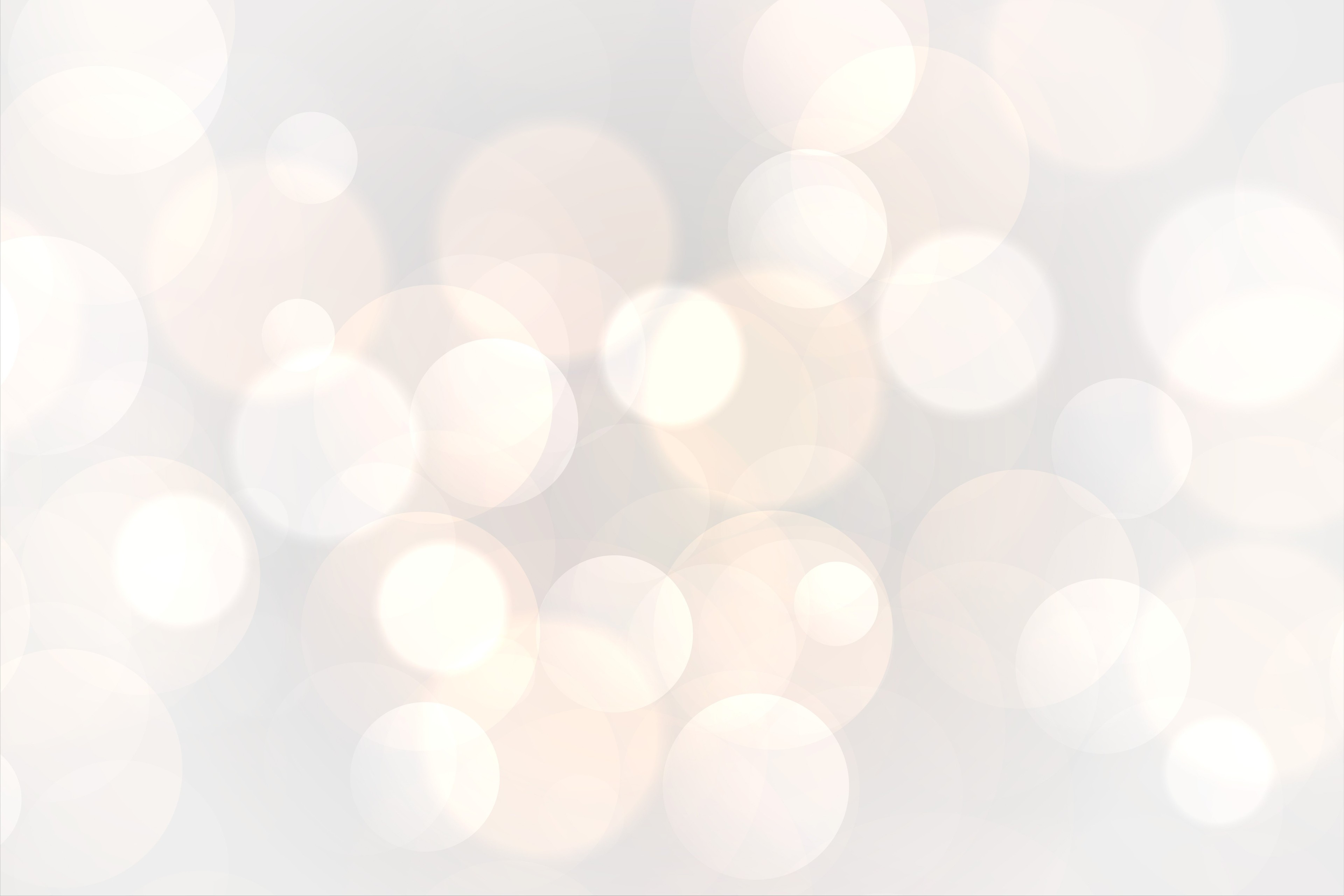Human Input Necessary for Copyrightability of Works Created with Artificial Intelligence
Last week, the United States Copyright Office (“USCO”) released its long-anticipated report on the copyrightability of works created with the aid of artificial intelligence (“AI”). The report did not break new ground by recommending updated legislation or providing an objective bright-line test to determine the copyrightability of works created with AI. Instead, the USCO reaffirmed its position that, consistent with established principles of copyright law, some level of human involvement is necessary for a work created with AI to be eligible for copyright protection.
This report is the second of an anticipated series of three reports the USCO has announced on copyright and AI. The first, which focused on “digital replicas” or deepfakes, was issued in July 2024 and recommended legislative action to address the issue; the third, which the USCO says will address “the legal implications of training AI models on copyrighted works, licensing considerations, and the allocation of any potential liability,” is anticipated later this year. To draft the reports, the USCO sought public input and received over 10,000 comments between August and December of 2023.
According to the report, approximately half of the comments received addressed copyrightability, and the “vast majority of commenters” (1) did not believe additional legislation was necessary to address the issue of copyrightability, and (2) did not believe material generated entirely by AI should receive copyright protection.1
The USCO has been consistent in its position that the cornerstone of copyrightability remains grounded in the existence of at least some level of human creativity in developing the content. In its report, the USCO further clarified that prompts alone were insufficient to afford a work copyright protection, concluding that “[p]rompts essentially function as instructions that convey unprotectable ideas,” and that currently available technologies do not offer enough control and predictability in outputs.2 While the USCO left open the possibility that future technological advances may change this assessment, it made clear that this is not the current reality:
“In theory, AI systems could someday allow users to exert so much control over how their expression is reflected in an output that the system’s contribution would become rote or mechanical. The evidence as to the operation of today’s AI systems indicates that this is not currently the case.”3
The USCO did not set a bright-line rule or test to determine the level of human input necessary to make a work eligible for copyright protection, instead recommending the application of existing laws to evaluate works on a case-by-case basis. In particular, the USCO continued to point to the standard established in Feist to subjectively determine whether a work meets the “requisite level of creativity . . . no matter how crude, humble, or obvious.” Feist Publications, Inc. v. Rural Telephone Service Co., 499 U.S. 340, 345 (1991).4 The USCO recognized that “various forms and combinations of human contributions can be involved in producing AI outputs” and that, as with many assessments of copyrightability, case-by-case judgment and analysis are necessary.5
Additionally, the USCO examined a variety of foreign laws regarding the copyrightability of works generated with AI, including those in South Korea, Japan, China, the European Union, the United Kingdom, Hong Kong, India, New Zealand, Canada, and Australia.6 The report concluded that, while “some level of consensus on the need for human authorship appears to be emerging, and most countries have so far continued to apply existing law, it is clear that views are still being formed.”7
Although the USCO did not recommend additional legislation to address the issue of copyrightability, it did recognize the role that the courts will play in “provid[ing] further guidance on the human authorship requirement as it applies to specific uses of AI (including in reviewing the USCO’s registration decisions).”8 The report specifically references Thaler, which is currently pending appeal in the DC Circuit and involves the denial of copyright protection to a two-dimensional artwork that was created without human involvement. See Thaler v. Perlmutter, No. 23-5233 (D.C. Cir. Oct. 18, 2023). The Office’s denial of Thaler’s registration was affirmed by the US District Court for the District of Columbia. Thaler v. Perlmutter, 687 F. Supp. 3d. 140 (D.D.C. 2023). An additional lawsuit challenging the USCO’s refusal to register a work generated with AI was filed last fall; the plaintiff argues that he used more than 600 prompts to refine the AI-generated work. Allen v. Perlmutter, No. 1:24-cv-2665 (D. Colo. Sept. 26, 2024). The outcome of lawsuits such as these should provide insight concerning the practical application of the guidelines set by the USCO report.
1 Copyright and Artificial Intelligence, Part 2: Copyrightability, at ii.



